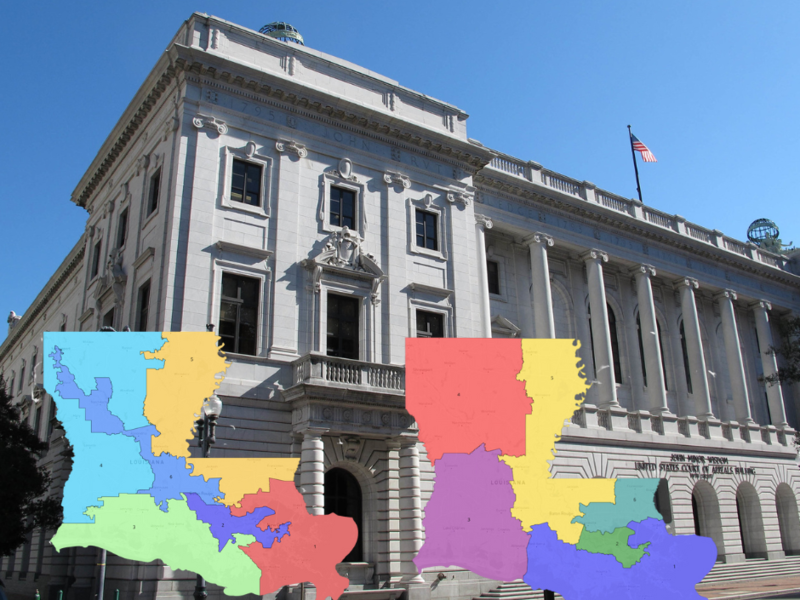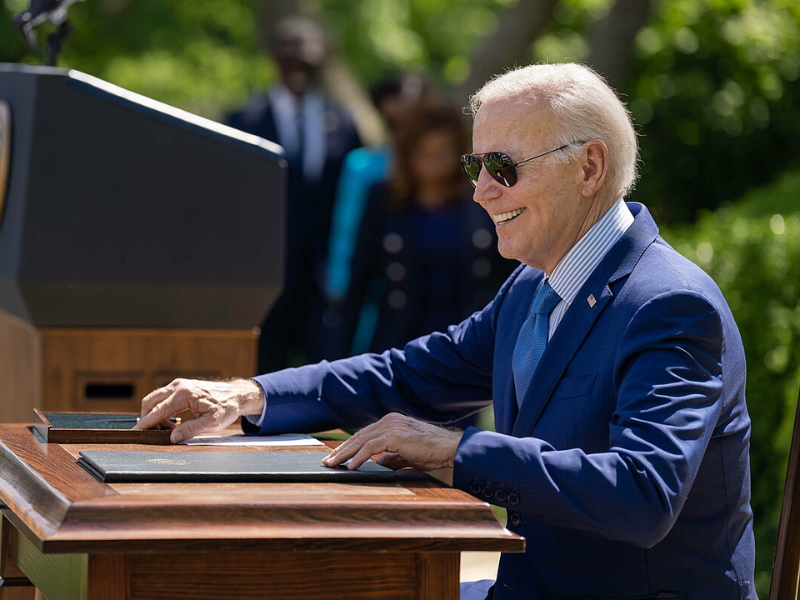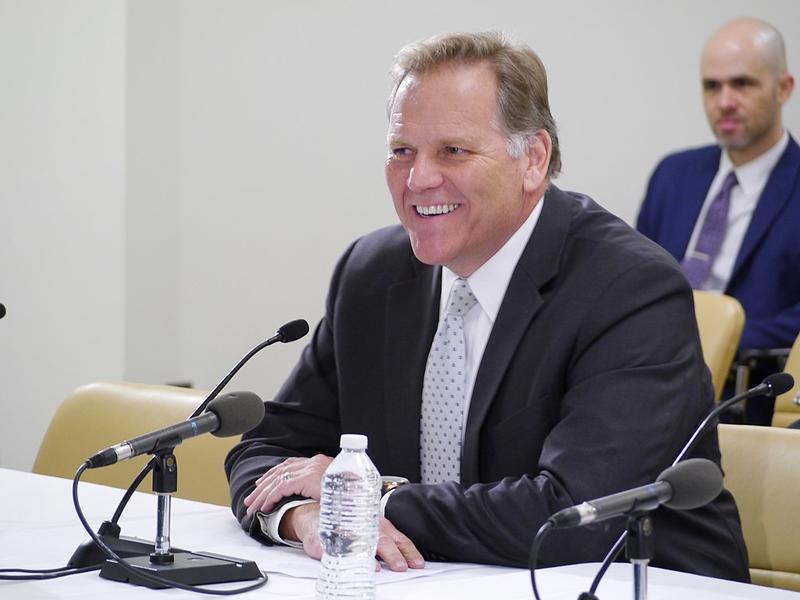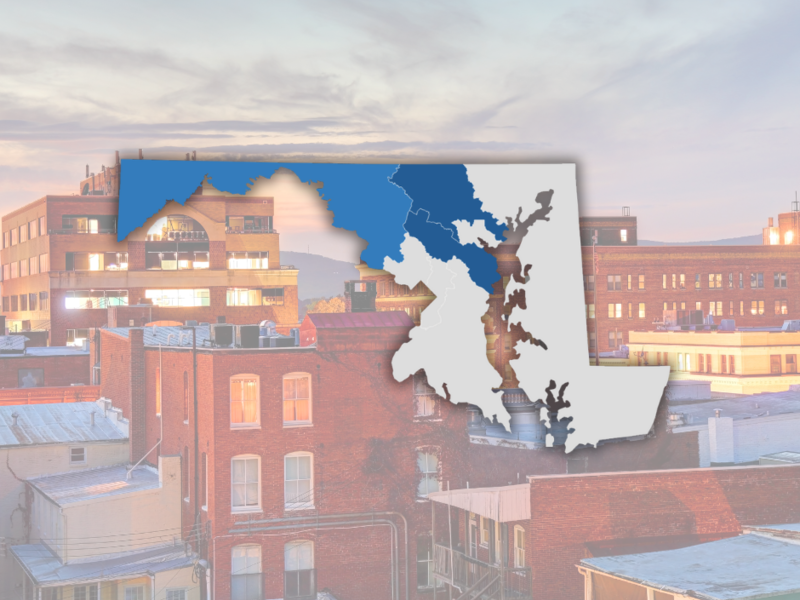
As the 2016 election dramatically revealed, the United States has split into two political nations. In each of those distinct coalitions, the majority Republican or Democratic Party separately controls at least two-thirds of the presidential Electoral Votes, the seats in Congress, and the governorships. That leaves the balance of power with roughly 20 percent of the states and voters—from Ohio to Wisconsin, and Colorado to Arizona—where partisan control is up for grabs and the nation’s political control is determined. For the foreseeable future, significant shifts in the overwhelming numbers on each side seem unlikely. These dynamics were shown in the past eight years when Washington shifted from Democratic control of the White House and Congress to Republican control of both branches. Elections during that interval revealed that the balance point is so narrow that either party can reign supreme—for the short term, at least. Following the 2008 election, Democrats proclaimed that Barack Obama—the first Democrat since 1964 to win the presidency with a majority of the popular vote and more than 300 electoral votes—had ushered in their political dominance. By










Subscribe Today
Our subscribers have first access to individual race pages for each House, Senate and Governors race, which will include race ratings (each race is rated on a seven-point scale) and a narrative analysis pertaining to that race.